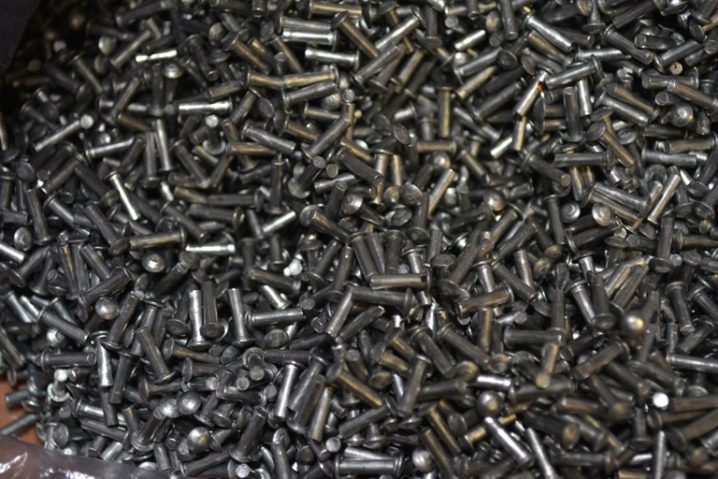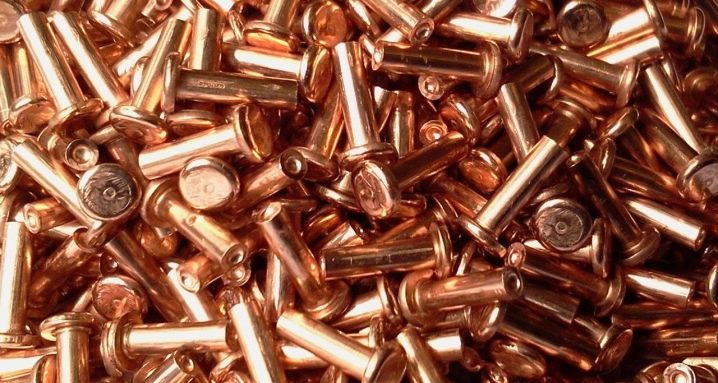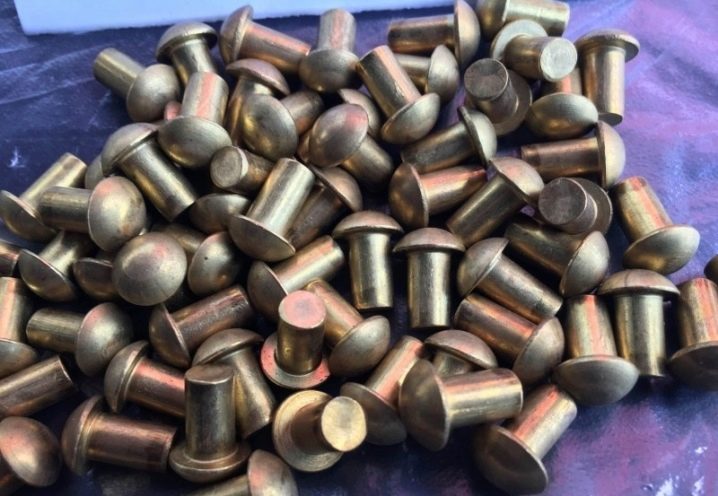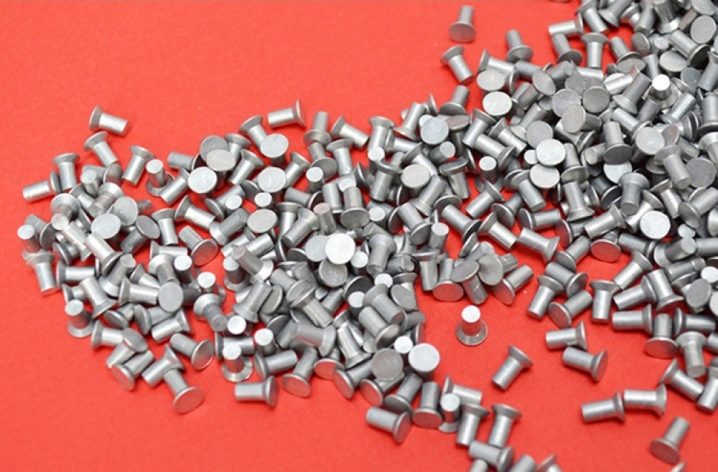Hammer rivets: what are they for and how to use them?

Hammer rivets have been an integral part of every builder's kit for quite some time. In essence, they are a kind of rod, at the top of which there is a special head, which can be made in the form of various shapes (the most common are round).

general information
Hammer rivets are used to create a secure connection. To do this, the builder must have access to all sides of the elements to be connected. It is important to note that the holes in the materials to be joined must be similar to the rivet diameter (possible errors are determined by GOST).

The sizes of the rivets can vary considerably. So, the diameter is in the range from 1 to 36 millimeters, and the length is in the range from 2 to 180 millimeters. This spread makes it possible to use parts in various fields for joining materials of different thicknesses. However, at the same time, it is worth remembering that the size must correspond to the loads that the rivets will experience during operation. That is why experienced builders often advise and recommend using rivets with a "dimensional margin" - it is better to take a part more than less.
In general, all the requirements for these building elements are spelled out in the relevant building GOSTs adopted by the Russian Federation, and are also established by various documents legalized at the international level (for example, the manufacture of a hollow rivet is regulated by GOST 12639-80).

Manufacturing material
Hammer rivets can be made from a variety of materials. For consideration - the most popular varieties.
Aluminum
This type of building parts is also often called exhaust. Their manufacture is regulated by several domestic standards:
- with countersunk head - GOST 10300-80;
- with a semicircular one - GOST 10299-80;
- with flat - GOST 10303-80;
- semi-hollow - GOST 12641-80.
The size grid is quite diverse: diameter - from 1 to 10 millimeters, length - from 5 to 45 millimeters. Moreover, these indicators may vary depending on the type of rivets (hammer, pull, threaded).




It is also important to note the fact that such aluminum parts can be made from several grades of material. Thus, the most popular raw material is aluminum of grades D18, B65, AMts, D19P, AMG 5P. They can also be duralumin.
Steel
A special place among all hammer rivets is occupied by stainless steel parts. The production of these elements is carried out not only in Russia, but also abroad.
Most often, steel rivets are produced without any additional coating, and their sizes may vary. So, for example, the diameter of the head can be from 1.8 to 55 mm, the height of the head - from 0.6 to 24 mm, the height of the entire element - from 2 to 180 mm.
Due to such a variety of indicators, these parts can be used to connect sheets made of metal, to fix facade plates to substructures, as well as to connect metal structures with parts made of other materials.

Copper
Building parts made from this material, are characterized by several distinctive features:
- due to their anti-magnetic properties, they are widely used in the radio industry;
- due to the fact that copper does not rust, rivets made from it are in demand in almost all areas (especially in cases where the materials fastened with them often come into contact with water and air);
- copper elements are used to assemble apparatus and tools for the chemical industry, as they are quite resistant to the action of various artificial substances.

Most manufacturers manufacture copper rivets in standard sizes, from 2 to 8 mm in diameter.
Brass
Brass parts are quite ductile, but durable at the same time. And due to their appearance, they can perform not only their direct functions, but also serve as a decorative or design element. Most often, such elements are used in industrial and instrument-making spheres.
Brass rivets are 4–70 mm long and 2–8 mm in diameter.

In order to choose the right crimp (mandrel) for brass parts with a semicircular head, you should choose crimps that have:
- long service life;
- uniform hardening;
- working ends are polished;
- impact heads are inductively annealed.

Countersunk rivets
Similar elements have other names - percussion, hammer. Riveting with this part is carried out in several cases:
- when it is forbidden to use welding;
- when joining non-metallic materials.
Rivets can be overlapped, butt-riveted, as well as chain and staggered rivets.

For more information on hammer rivets, see the video below.













The comment was sent successfully.